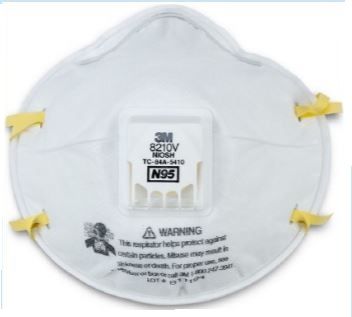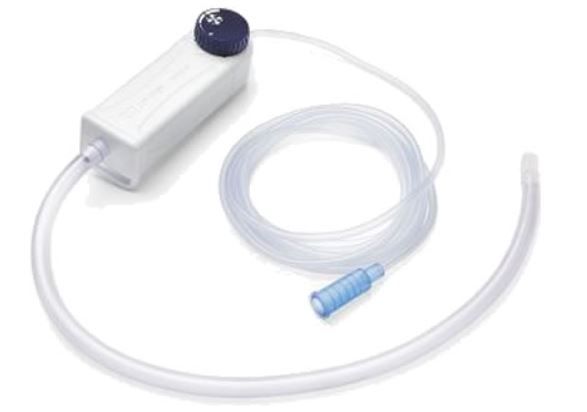Laparoscopic Surgery at World Laparoscopy Hospital in times of COVID-19: Issues and Safeguards
COVID-19 is an extremely contagious viral infection of zoonotic origin. Since the first outbreak of SARS-CoV in Wuhan, China, It has swept into almost every corner of the world. Corona pandemic has influenced every industry, including health!
Laparoscopic Surgeons are at the highest risk of contracting this virus. There is a particular need for protection in the operation theaters and proper management of gas due to pneumoperitoneum leaking with smoke viral DNA and Carcinogens present in surgical smoke. The need to safeguard themselves and their patients have prompted the laparoscopic surgeons to develop their protocols to tide over the pandemic situation. Although there has been a shift of available resources from elective surgeries to the management of COVID-19 cases, specific surgical emergencies need immediate management. Amidst the corona crisis, surgeons have to take care of the issues and safeguards associated with laparoscopic surgery. We at World Laparoscopy Hospital taking all the care that the surgeon as well as a patient both should be protected. Studies have demonstrated an association between smoke plumes from electrosurgery and acute headaches; eye, nose, and throat irritations; dermatitis; colic; and acute and chronic pulmonary conditions said Dr. R.K. Mishra; Director World Laparoscopy Hospital, Gurugram.
Higher concentrations of particulate matter Laparoscopic surgery produces more particulate matter than open surgery, increasing the risk of viral transmission. The high particulate matter is mostly attributed to:
• Electrosurgical devices employed
• Low gas motility of pneumoperitoneum
• Gas expulsion through ports or trocars
Viral dissemination through aerosol droplets
Creating a pneumoperitoneum is an essential step in laparoscopic surgery. However, pneumoperitoneum-associated aerosolization of particles raises the concerns regarding the risk of dissemination of SARS-CoV-2 during minimally invasive surgery. Particles in surgical smoke contain a variety of toxic and virulent materials that can cause infection through inhalation. A similar outbreak of SARS-CoV-1 in 2002–2003 was associated with nosocomial transmission through aerosol droplets. Electrosurgical smoke contains potentially hazardous organic and inorganic compounds including Nobel Coronavirus if the patient is affected by this disease; the researchers of one study found the amount of surgical smoke produced in a laparoscopic surgery operating theater is equivalent to 27 to 30 cigarettes said, Dr. R.K. Mishra. Bacteria and viruses can be transmitted through this smoke. The topic of electrosurgical smoke is important to occupational health nurses not only because of their responsibility to protect workers, but also because they, like surgeons, may be exposed to smoke routinely.
Protection in Operation Theater
80% of the patients with COVID-19 are healthy carriers, have mild symptoms, or are completely asymptomatic. This increases the risk of exposure. The surgeons must make decisions based on their clinal judgment and availability of resources. Following steps should be considered:
• Prefer non-operative management when possible.
• Surgical care should be given to patients on the practice of evidence-based medicine.
• In case of suspicion, the surgical team should wait for COVID-19 test results of the patient before starting surgery.
At times of surgery, the aerosol is generated from intubation, electrocautery of blood, catheter insertion, and other procedures, increasing the risk of viral dissemination. According to a Food and Drug Administration (FDA) surgical mask is a cleared mask that protects the wearer from microorganisms, body fluids, and large particles greater than 5 µm in size. A surgical N95 respirator is National Institute for Occupational Safety and Health (NIOSH) approved and FDA cleared; it filters at least 95% of airborne particles (Fig:1).

Fig1: Example of N95 respirator. N95 respirators are the preferred personal protective equipment for avoiding harmful chemicals during electrosurgery.
Before using an N95, all operators should be fit-tested to a specific sized mask to ensure an adequate face seal. In support of them use, N95 respirators have been shown to provide protection against aerosolized infectious pathogens. A laparoscopic Smoke Evacuation System is also necessary (Fig:2). According to Dr. Mishra the smoke Evacuation System is an easy-to-use device, that connects to a standard luer-lock trocar and a suction or vacuum unit.

Fig2: Valleylab™ Laparoscopic Smoke Evacuation System
When used during laparoscopic procedures, it will effectively and efficiently remove smoke, from the peritoneal cavity. So, surgeon can have enhanced visualization of the surgical site safety from COVID 19 and Improved air quality in the. Therefore, the whole surgical team should wear personal protection equipment including
• Use of Laparoscopic Smoke Evacuation System
• Disposable surgical caps
• Medical protective mask (N95)
• Surgical shield uniform
• Disposable medical protective uniform
• Disposable latex gloves
• Full-face respiratory protective devices
• Powered air-purifying respirator
Laparoscopic surgery during a pandemic comes with multiple threats for the surgical team. Therefore, it is crucial to take measures for the safeguard of colleagues, family, and friends. Although these measures are definitely going to increase the cost of surgery but for the well being of health professionals this is necessary.
6 COMMENTS
Yogesh Rawat
#1
May 24th, 2020 3:55 am
Excellent information of covid-19. Very good information with a clear and simple explanation!. Dr. Mishra describes how can we operate laparoscopy patients in Covid-19.
Dr. Simran
#2
May 26th, 2020 11:48 am
India has an overburdened healthcare infrastructure, with a single state-run hospital for every 55,591 individuals on average and a single hospital bed for every 1,844 people. In this situation it is very important to protest doctors to fight against the Corona virus Pandemic.
Manoj
#3
Jun 9th, 2020 3:04 am
Great information provided by Dr. Mishra about Corona. After watching this video we know very well how can we operate patients in OT. Thanks.
Mayank
#4
Jun 9th, 2020 3:10 am
This is the best information about coronavirus. Thanks, Dr. Mishra for providing great knowledge about Covid-19.
Dr. Suman Jha
#5
Jun 10th, 2020 6:58 am
Thank you so much.... This was so helpful. I watched your video of Laparoscopic Surgery at World Laparoscopy Hospital in times of COVID-19: Issues and Safeguards. Once again thanks. Such an amazing work.
Shambhu
#6
Jun 12th, 2020 5:26 pm
I need more information and wants to come OT to see in reality.
| Older Post | Home | Newer Post |


